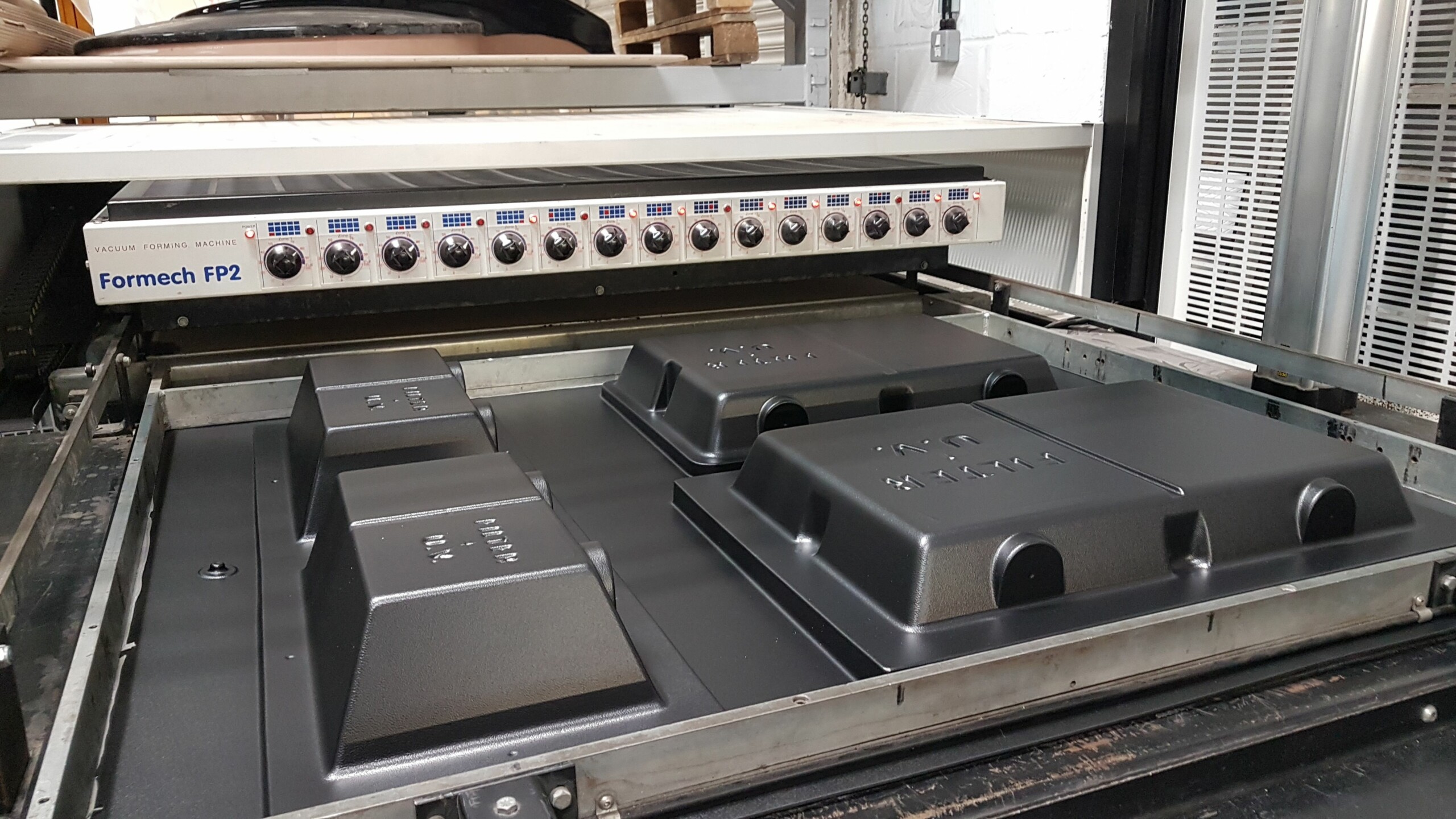Vacuum Forming and Its Applications
Vacuum Forming and Its Applications
Blog Article

Vacuum forming is a widely used thermoplastic molding method that involves heating a polymer sheet until it becomes soft, then applying vacuum pressure to shape it over a pre-designed mold.
How Vacuum Forming Works
The process starts with a polymer sheet being heated until it reaches the optimal forming temperature. Once the material is ready, it is positioned over a mold, and a vacuum is applied to suction the material tightly over the mold, ensuring the intended shape.
After forming, the material is hardened to retain its shape. The final product is then refined to remove unwanted material and processed for use.
Industries Using Vacuum Forming
This technique is widely used in numerous industries, including packaging, to produce tailor-made components. Some typical products made using vacuum forming include:
- Automotive parts
- Clamshell containers
- Hospital trays
- Store signage
Advantages of Vacuum Forming
Vacuum forming is a efficient method for producing reliable plastic parts with minimal tooling costs. Other key benefits include:
- Rapid production
- Economical setup
- Versatile applications
- Strength-to-weight ratio
Summary
Vacuum forming is a reliable process that facilitates the creation of durable plastic products at a low cost.
Vacuum Forming Report this page